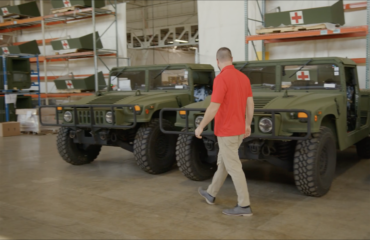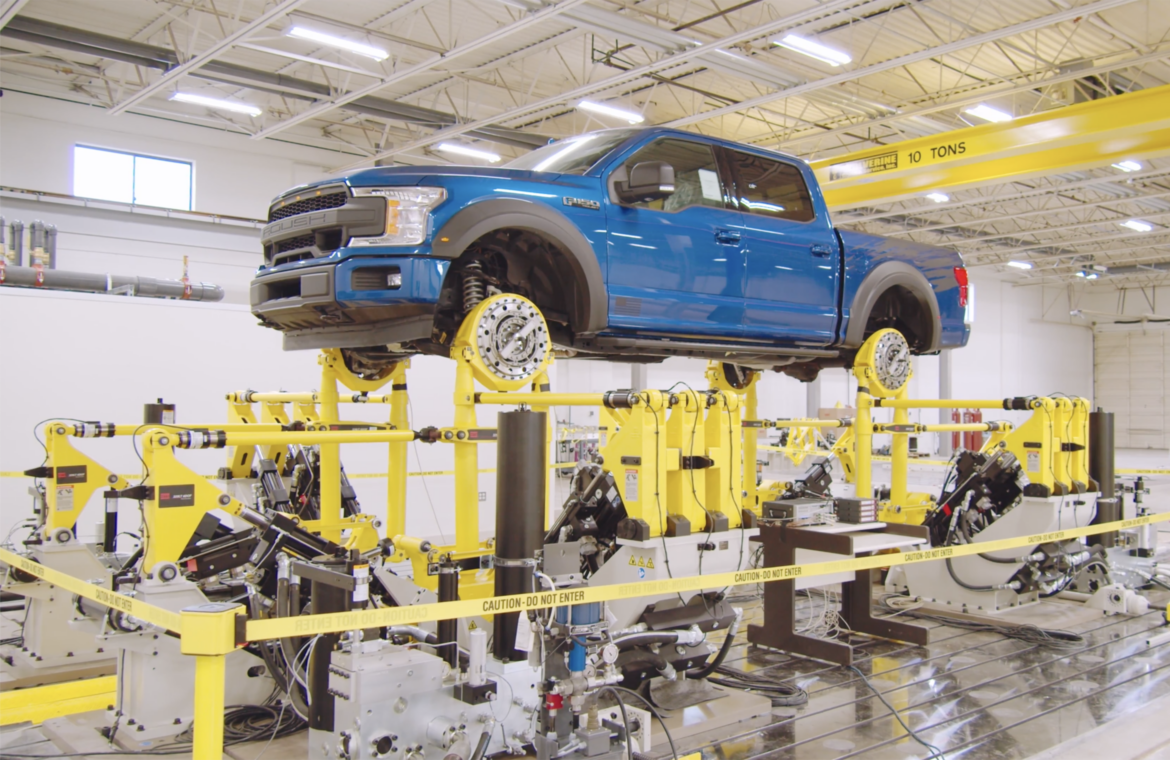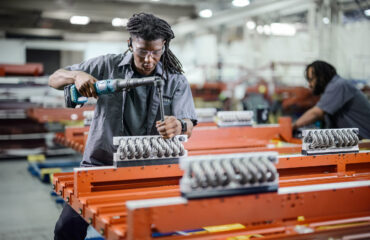 Creating Quality in the Defense Industry
Creating Quality in the Defense Industry
Increasing Quality by Reducing NVH
Topics:

Imagine climbing into a car that rides smooth and quiet right out of the garage and maintains that performance on both the side streets and at freeway speeds. That’s a quality vehicle, you might think — but here’s something you might not realize: Roush made that happen.
Substantially reducing noise, vibration and harshness, or NVH, is a key part of what we do, and not only for high-performance cars like the Roush 2021 Stage 3 Mustang. How about conventional aircraft, helicopters and even washing machines and other kitchen appliances?
There’s a correlation between NVH and sales. A vehicle with good NVH qualities not only will be perceived as higher value by consumers, it will drive positive product reviews, which translates to higher sales. Perhaps not surprisingly, automotive market consumers – and consumers of many other products – expect a high level of NVH refinement in the products they buy.
So how does Roush make that happen? Our team members analyze the NVH problem at the system level, then develop a cost-effective, production-feasible strategy to bring the noise and vibration to an acceptable level for customers. The solution could be a system design change or an add-on component like a constrained layer damping patch or turned mass dampers.
Reducing NVH is critical in the development of battery-electric vehicles, like Roush CleanTech’s all-electric Ford F-650, for example. Traditional internal combustion engines are inherently noisy and can mask many of the other noises that are present in a vehicle during operation. When you replace an internal combustion engine with an electric motor, the overall noise level in the vehicle drops. That means you can hear many of the lower-level sounds like those that come from the road, tires and wind. Lessening NVH helps mitigate that while providing the high level of refinement in vehicles that consumers have come to expect.
One method that Roush uses to determine the vibration characteristics of a system is modal analysis. Without getting too in-depth, the modal vibration characteristics consist of both the resonant frequencies at which the system vibrates, and the shape that structure takes at those frequencies. Why modal analysis? Because it can be done in the virtual world to develop and tune the dynamic characteristics of a system before any prototypes are made. That helps our customers better manage both time and cost.
We have numerous examples of successful NVH reduction. Recently, our team headed up a road noise reduction program on a four-door sedan. We were able to achieve a three decibel noise reduction by making changes to the vehicle, like structural modifications, bushing alterations, addition of tuned mass dampers on the subframe and struts, and improvements in the acoustic package.
Roush is uniquely positioned to support our customers’ NVH needs with our breadth of in-house services, like NVH testing and solution development, CAE analysis and durability testing. In fact, one of our newest facilities is a full-vehicle durability simulator that allows us to help our customers significantly shorten product durability cycle and time to market.
No matter the product or application, Roush brings half a century of design and manufacturing experience to addressing these challenges. Our teams are ready to give life to projects with an intense focus on system-level noise and vibration mitigation, and harness a positive — and quieter — experience for our customers and yours from the start.
Nick Oosting is Director of NVH, Durability and Additive Manufacturing for Roush.
Related Blog Posts
 Creating Quality in the Defense Industry
Creating Quality in the Defense Industry
 Contract Manufacturing Brings the Remarkable to Life
Contract Manufacturing Brings the Remarkable to Life
 Tackling a Startup’s Challenges With Solutions That Are “Just Right”
Tackling a Startup’s Challenges With Solutions That Are “Just Right”